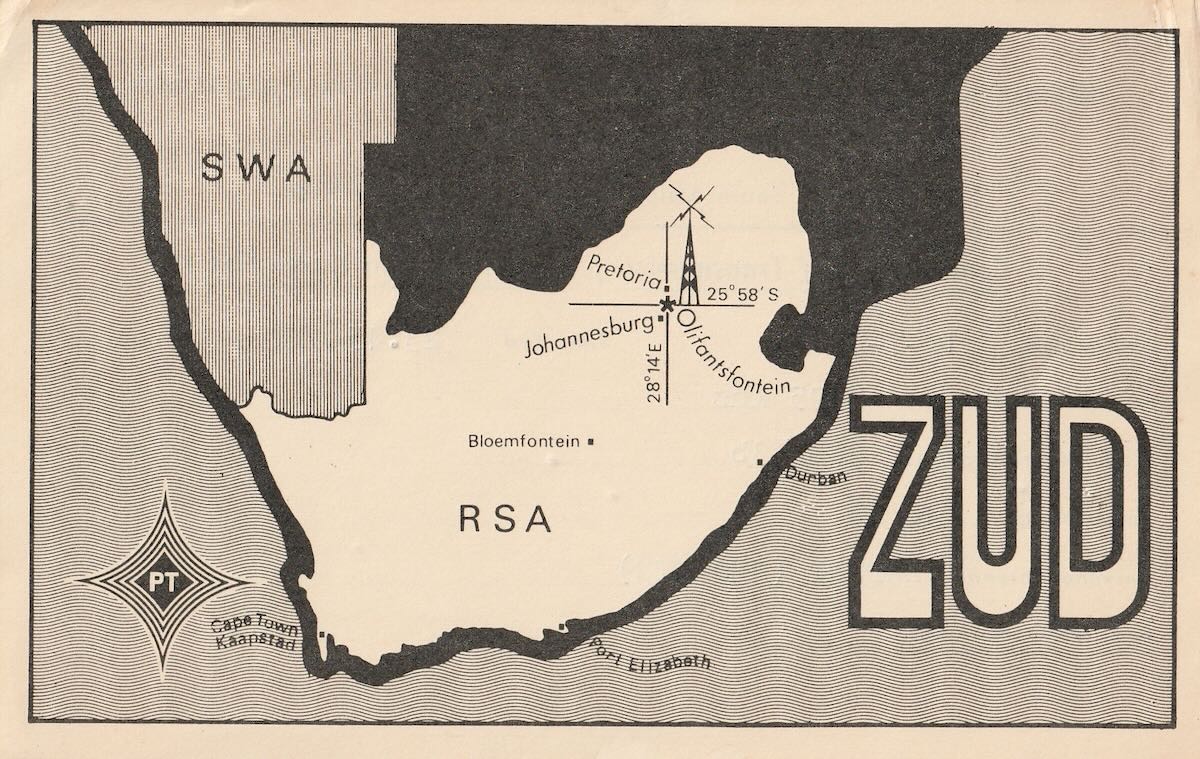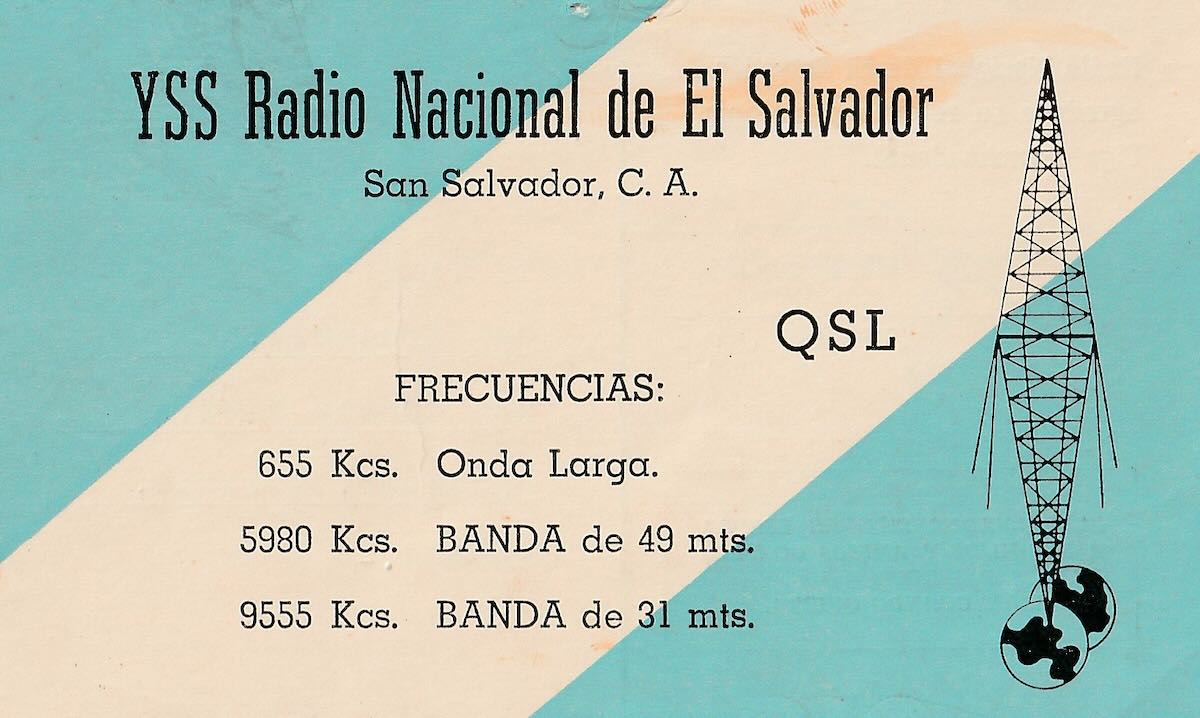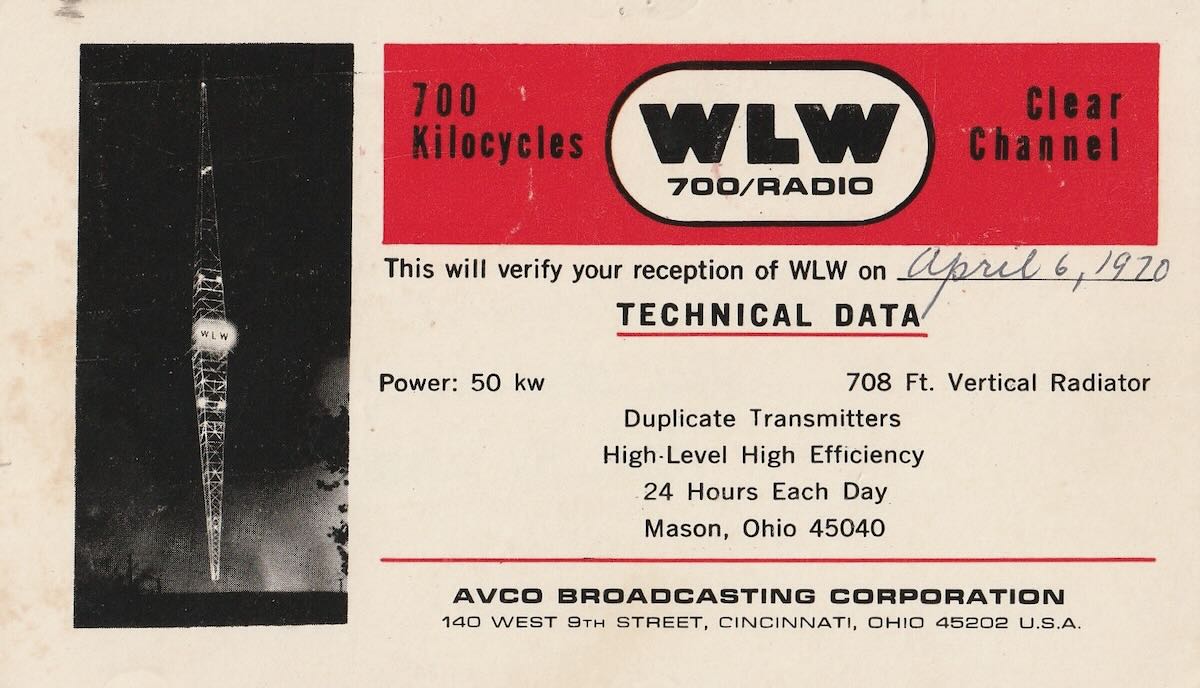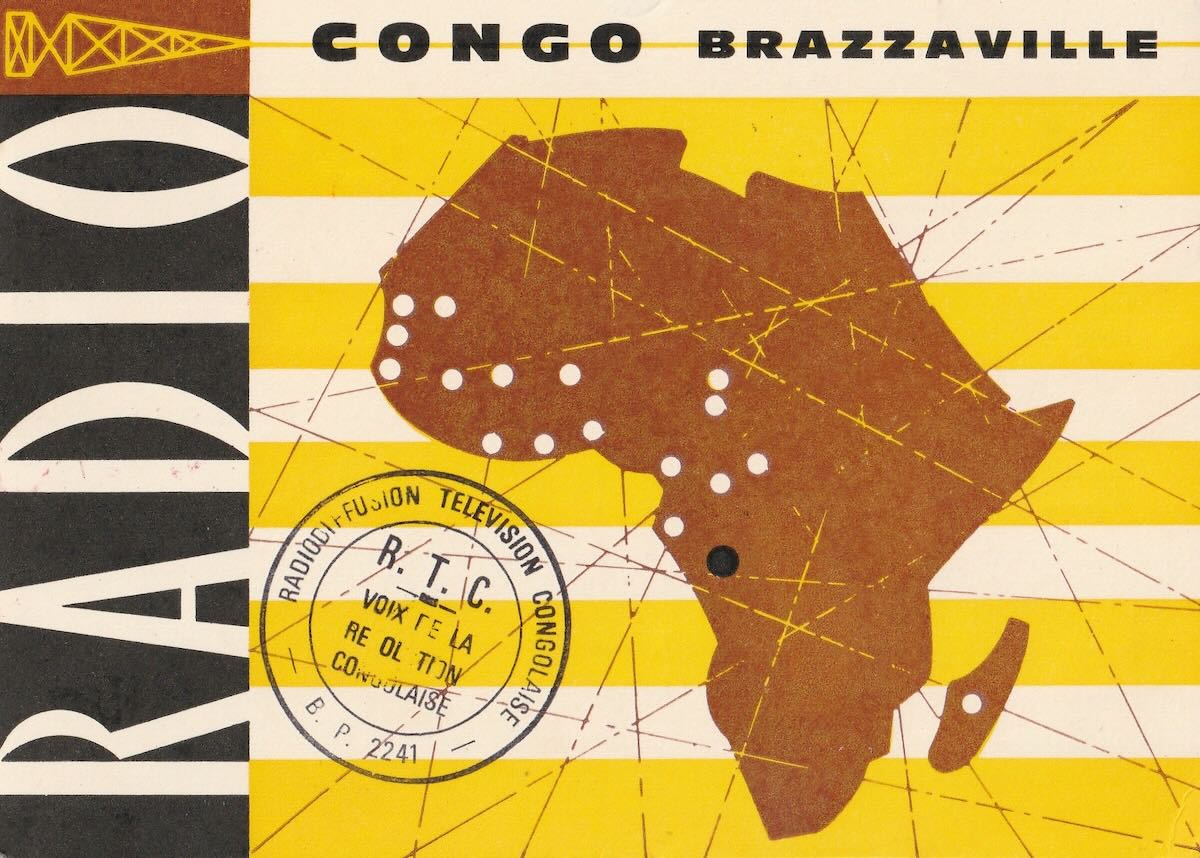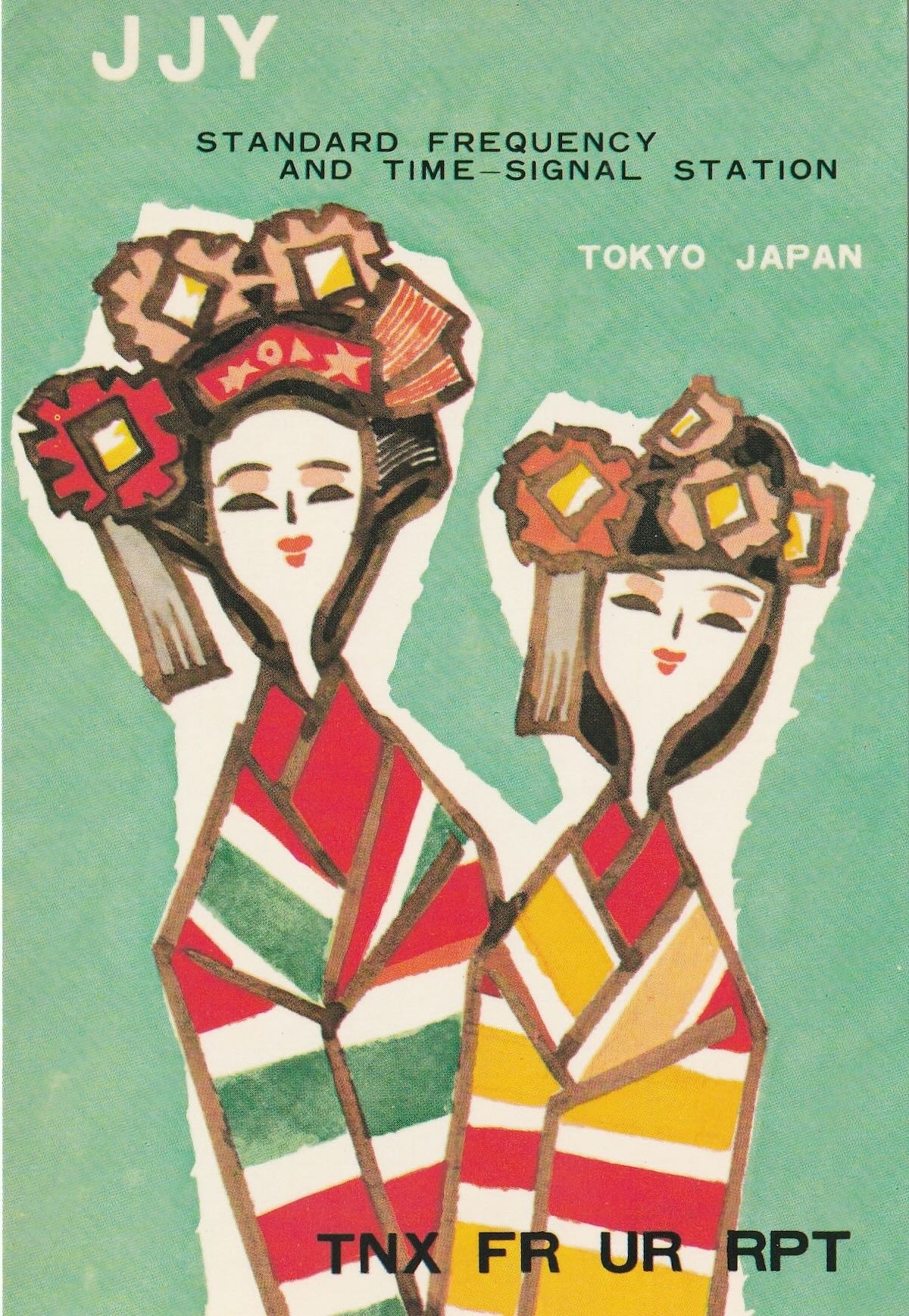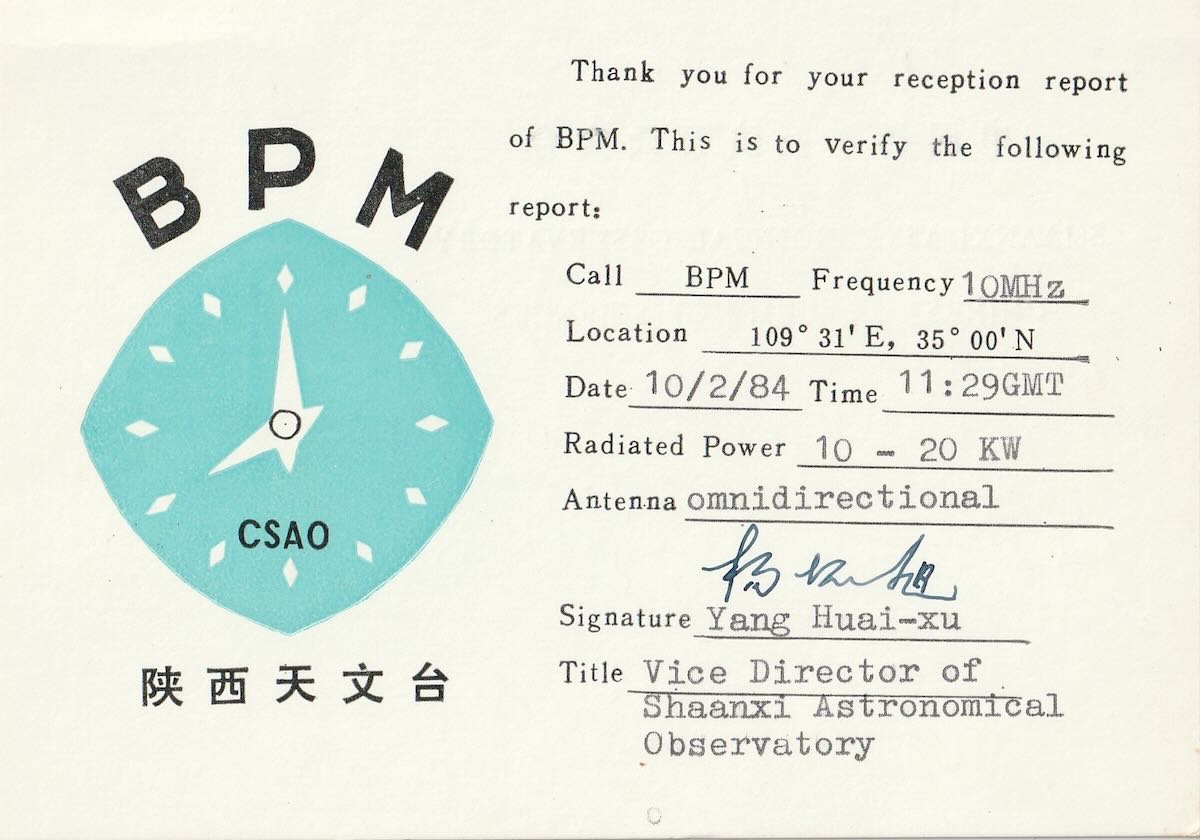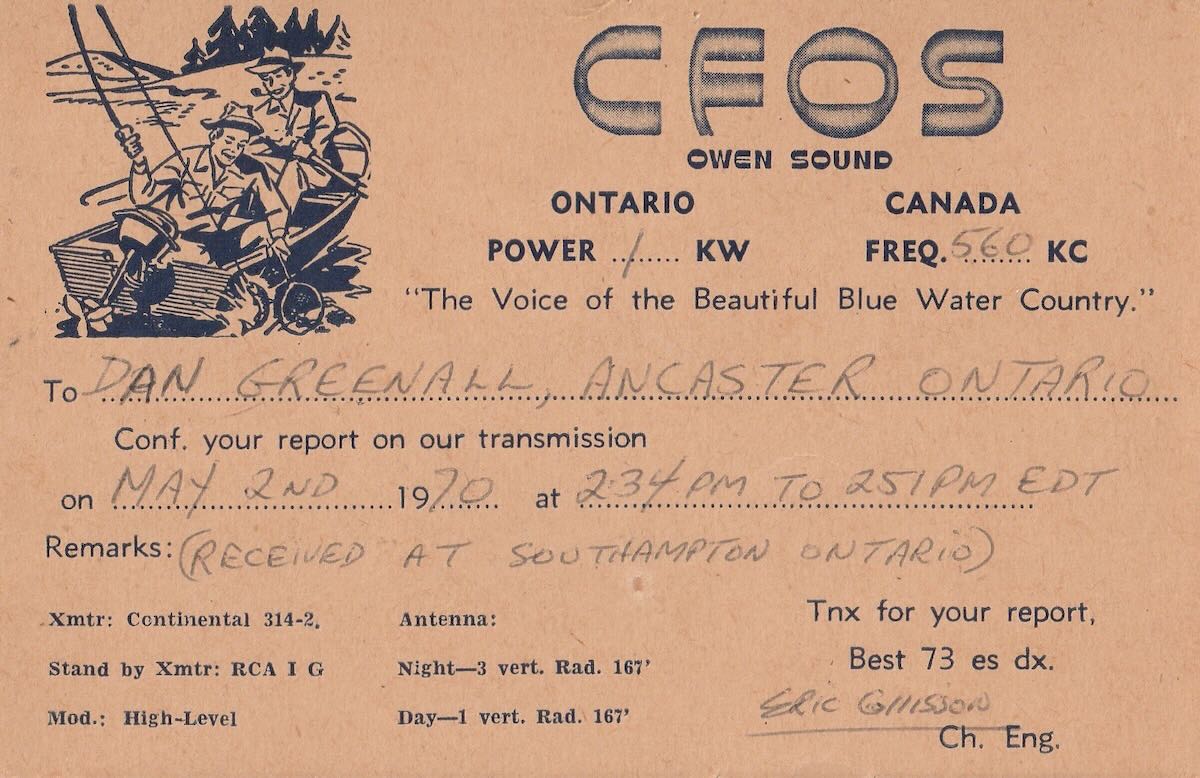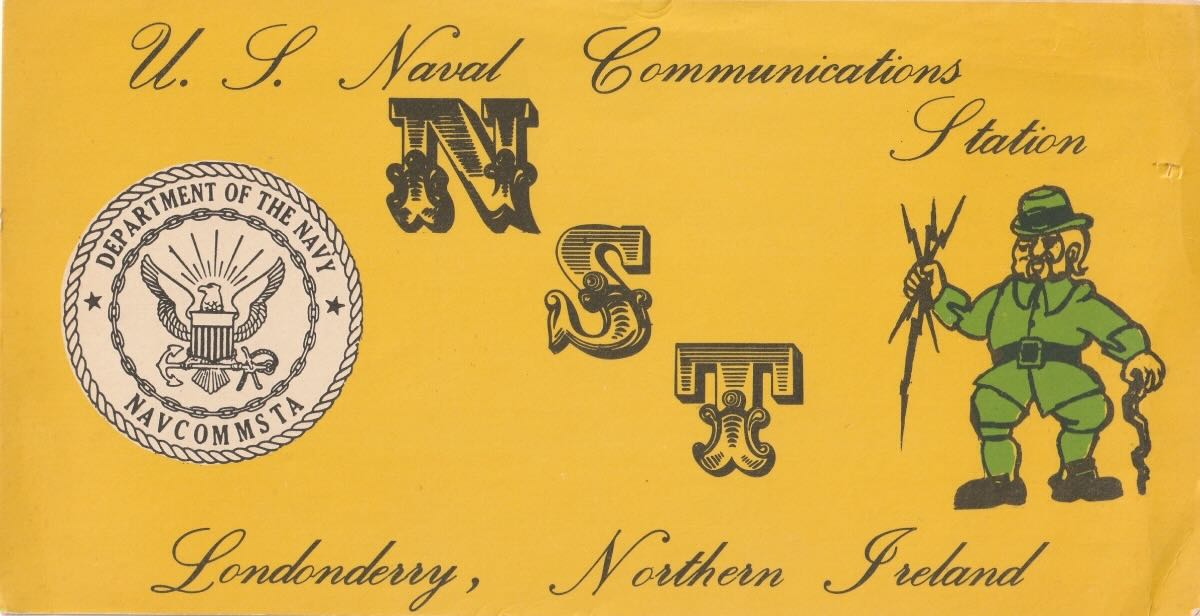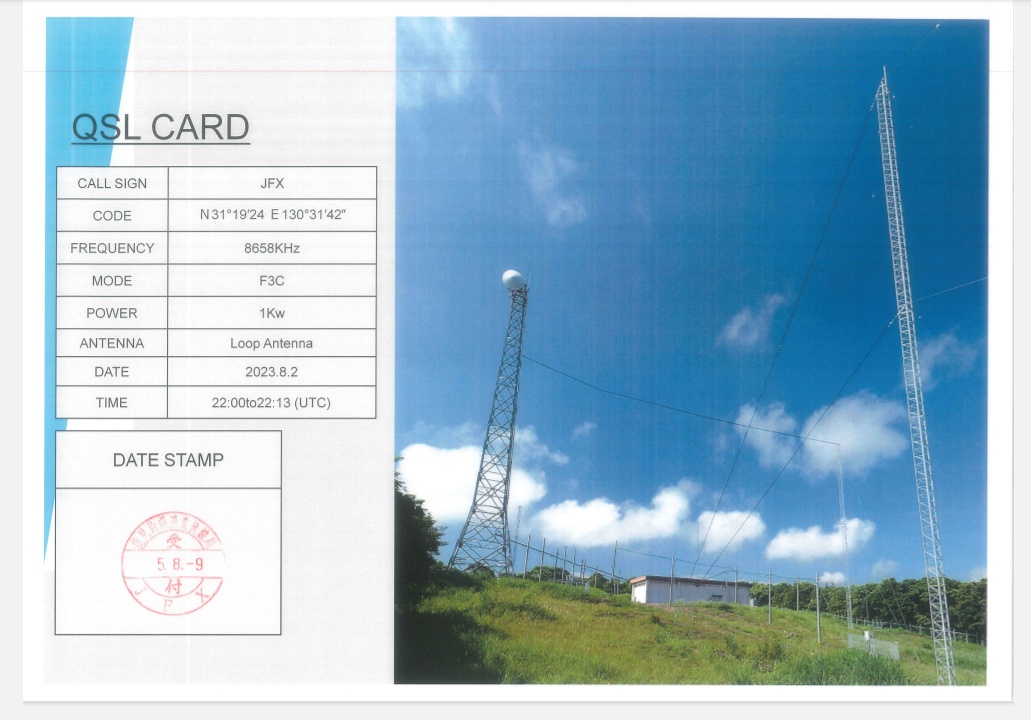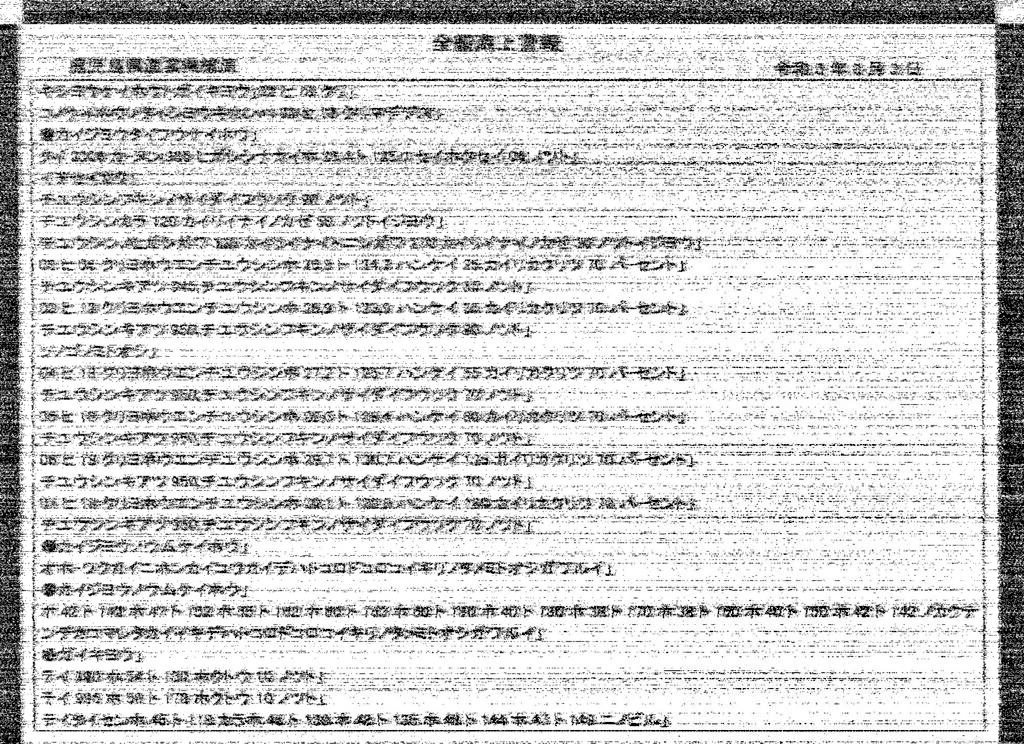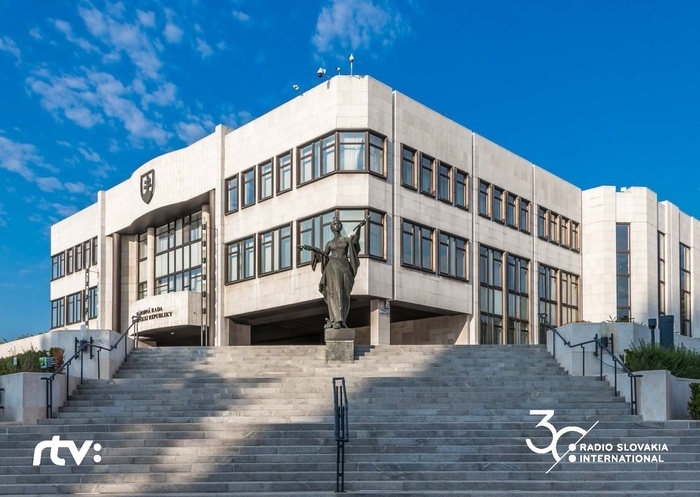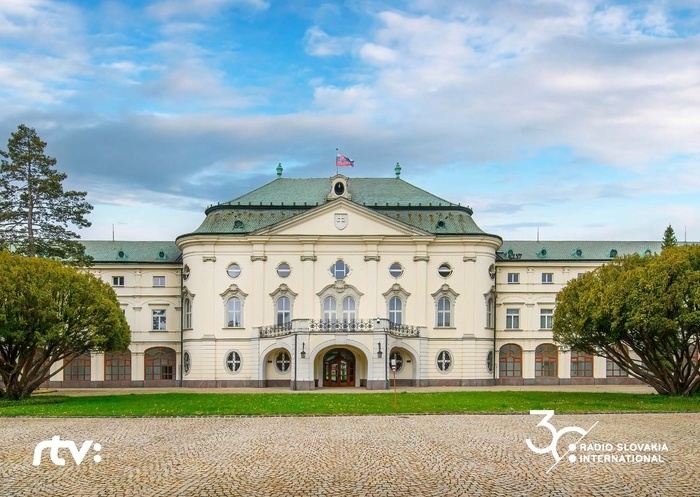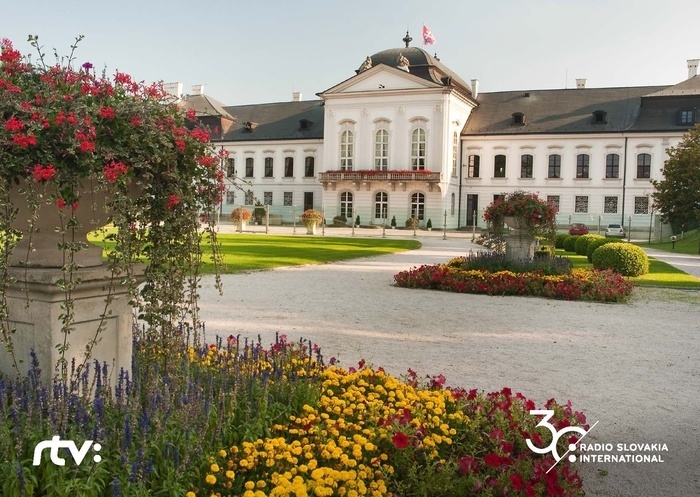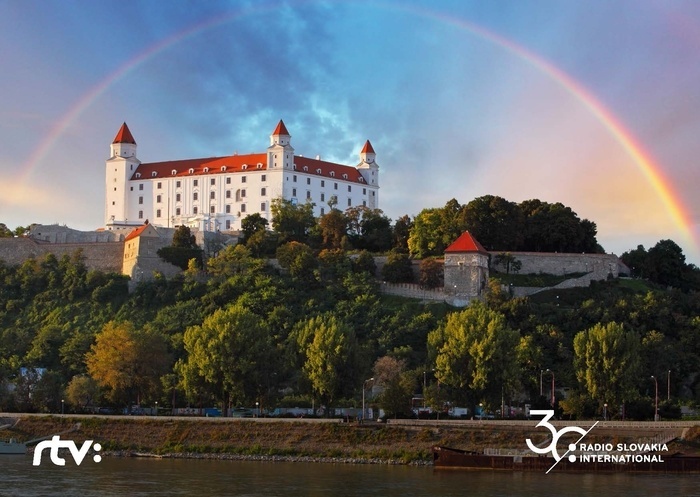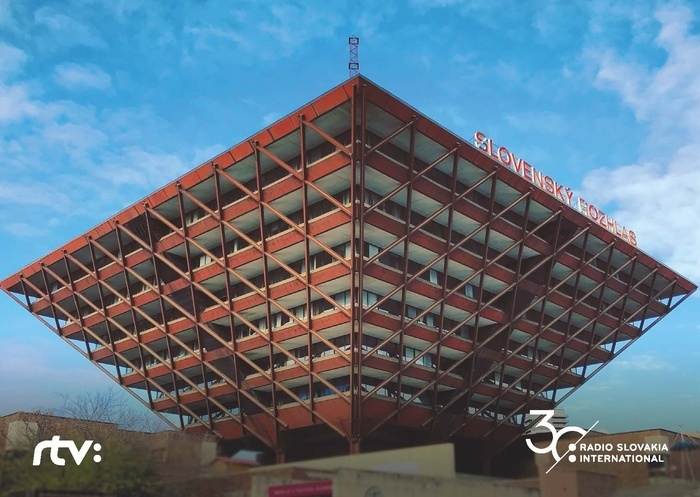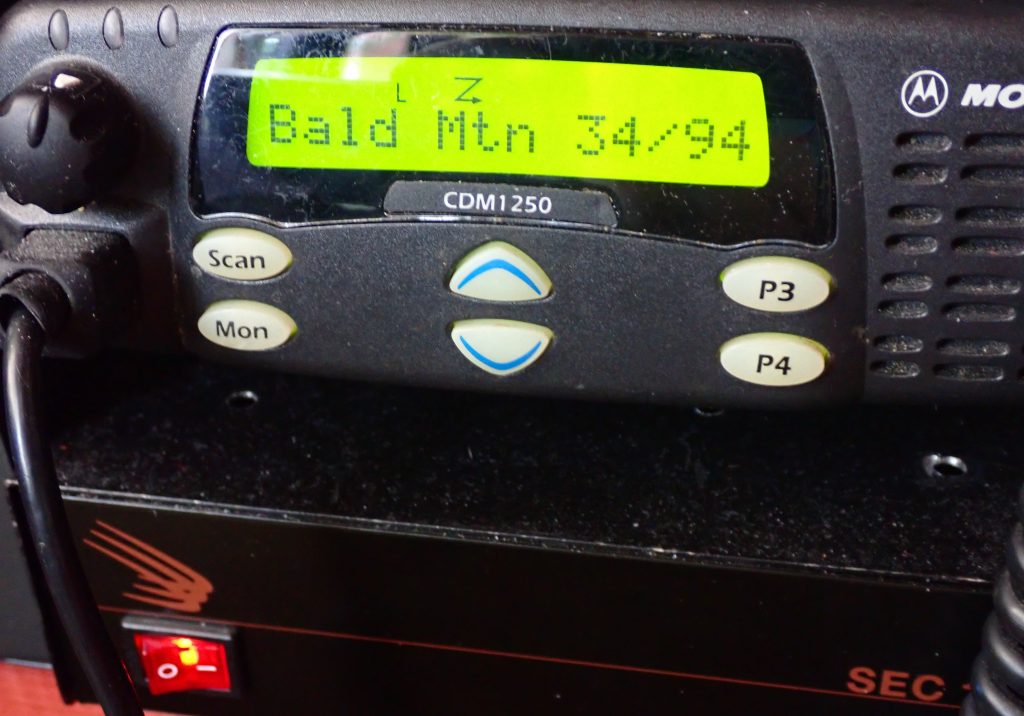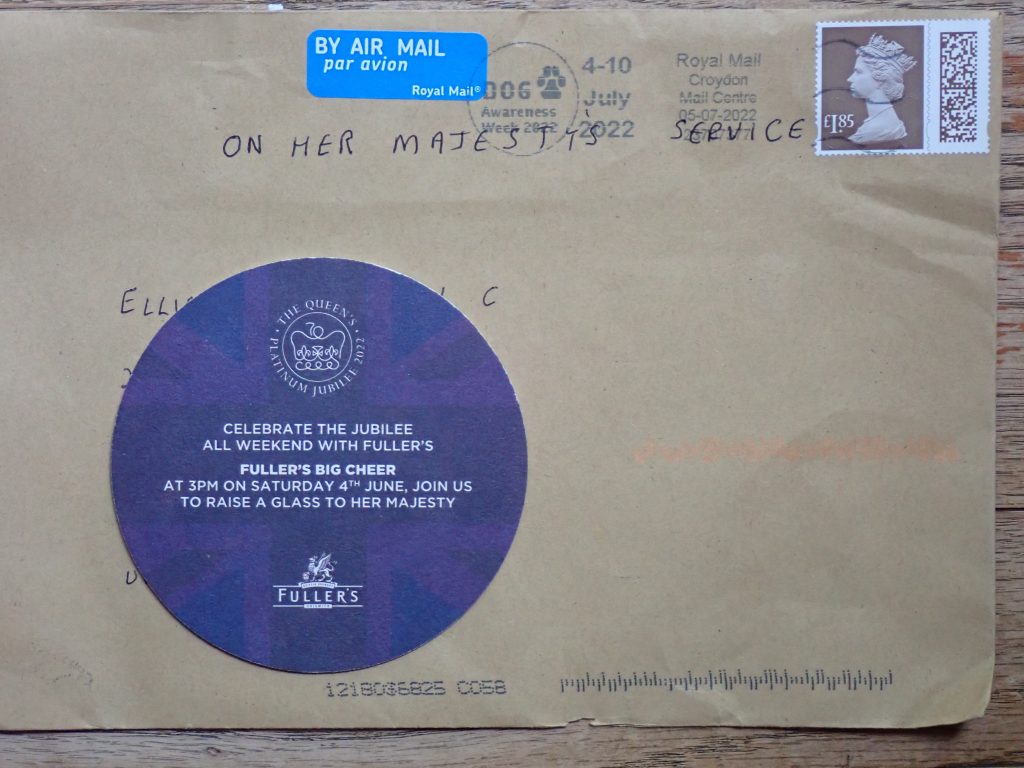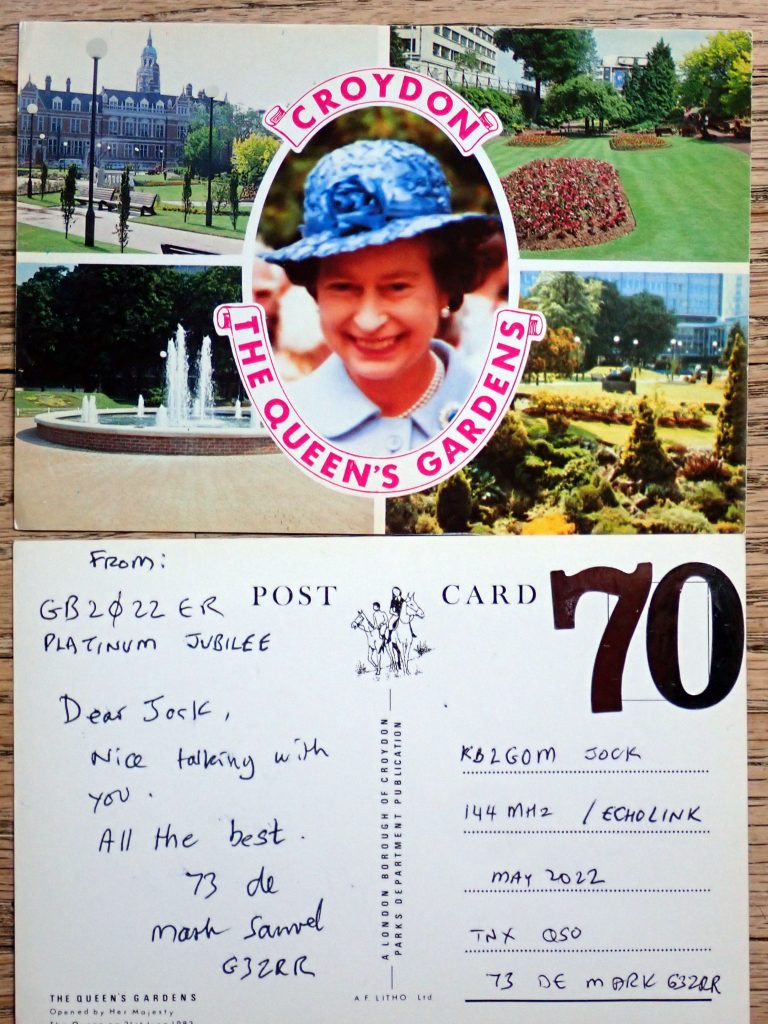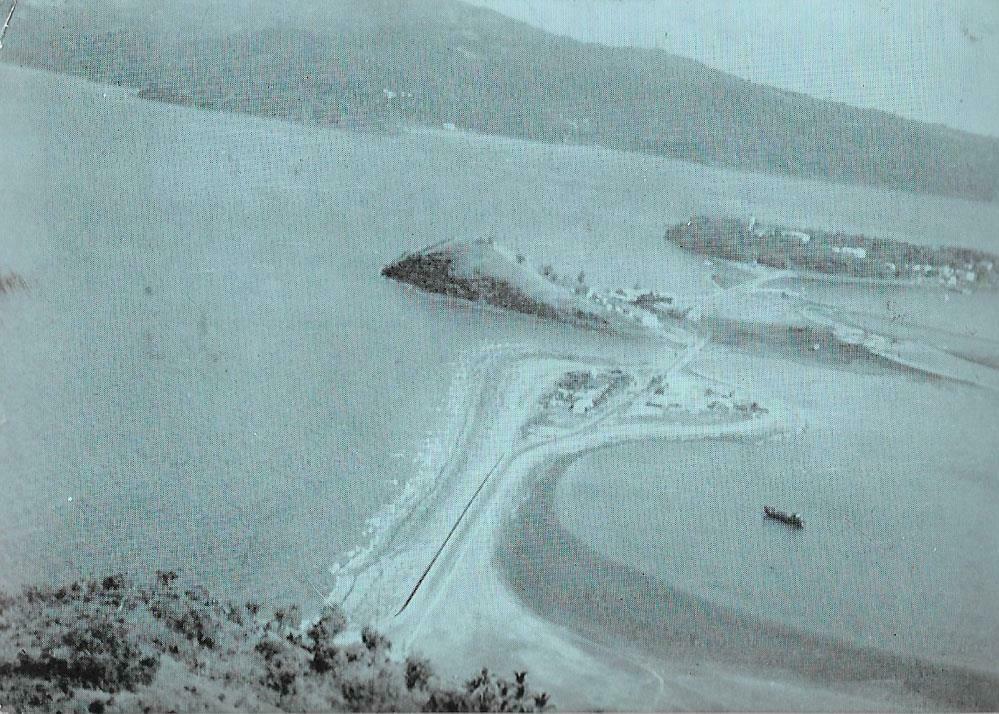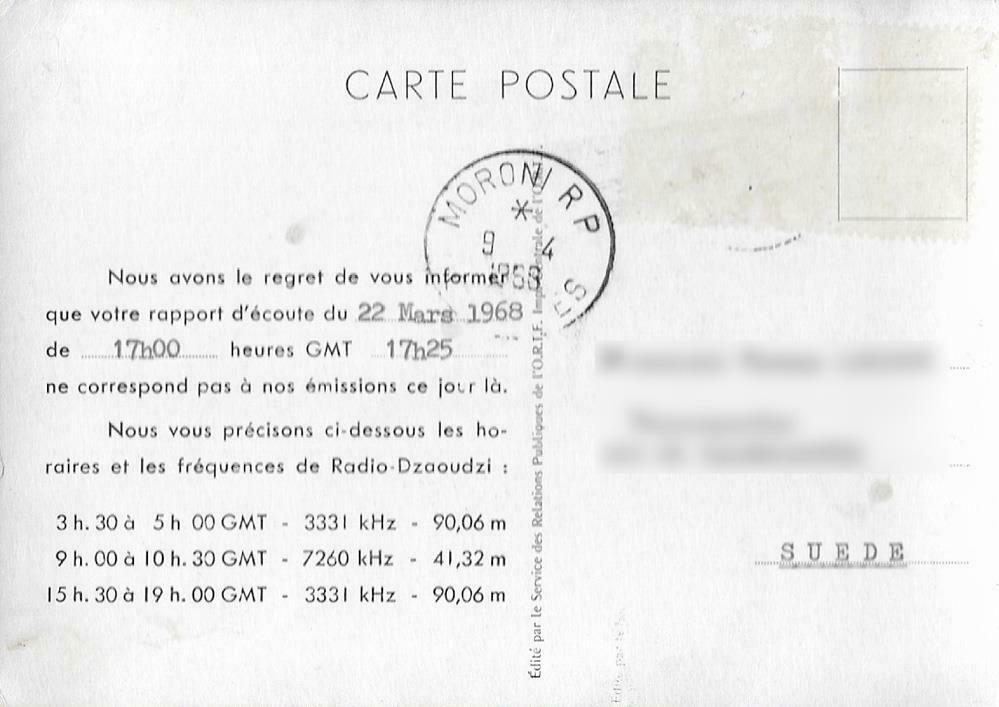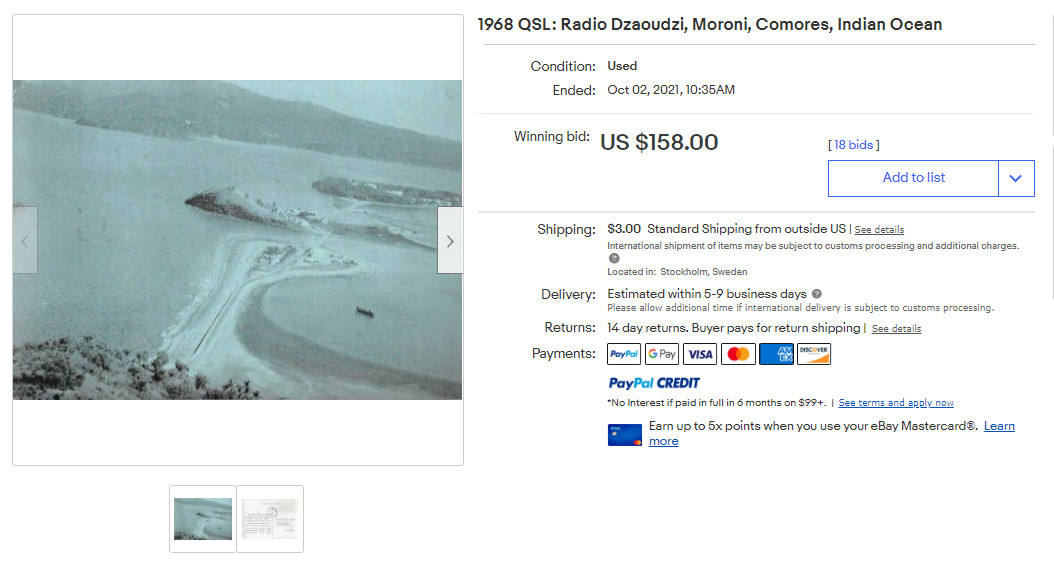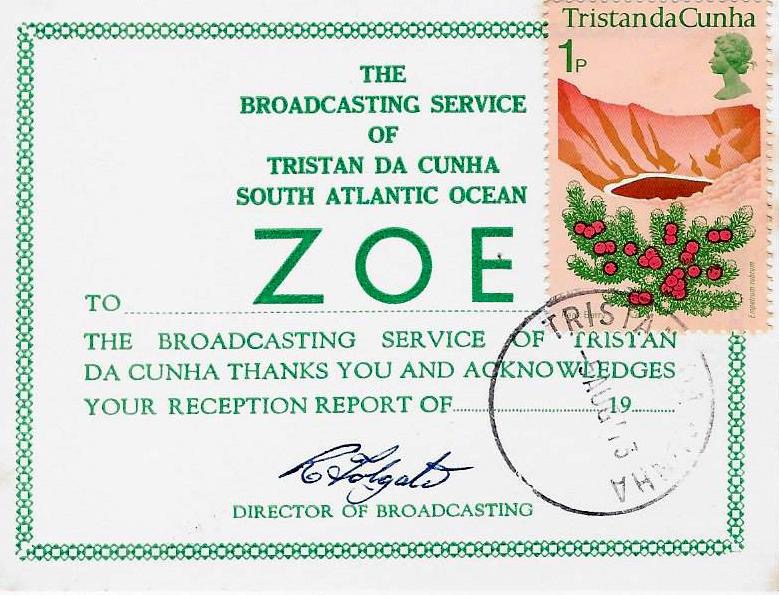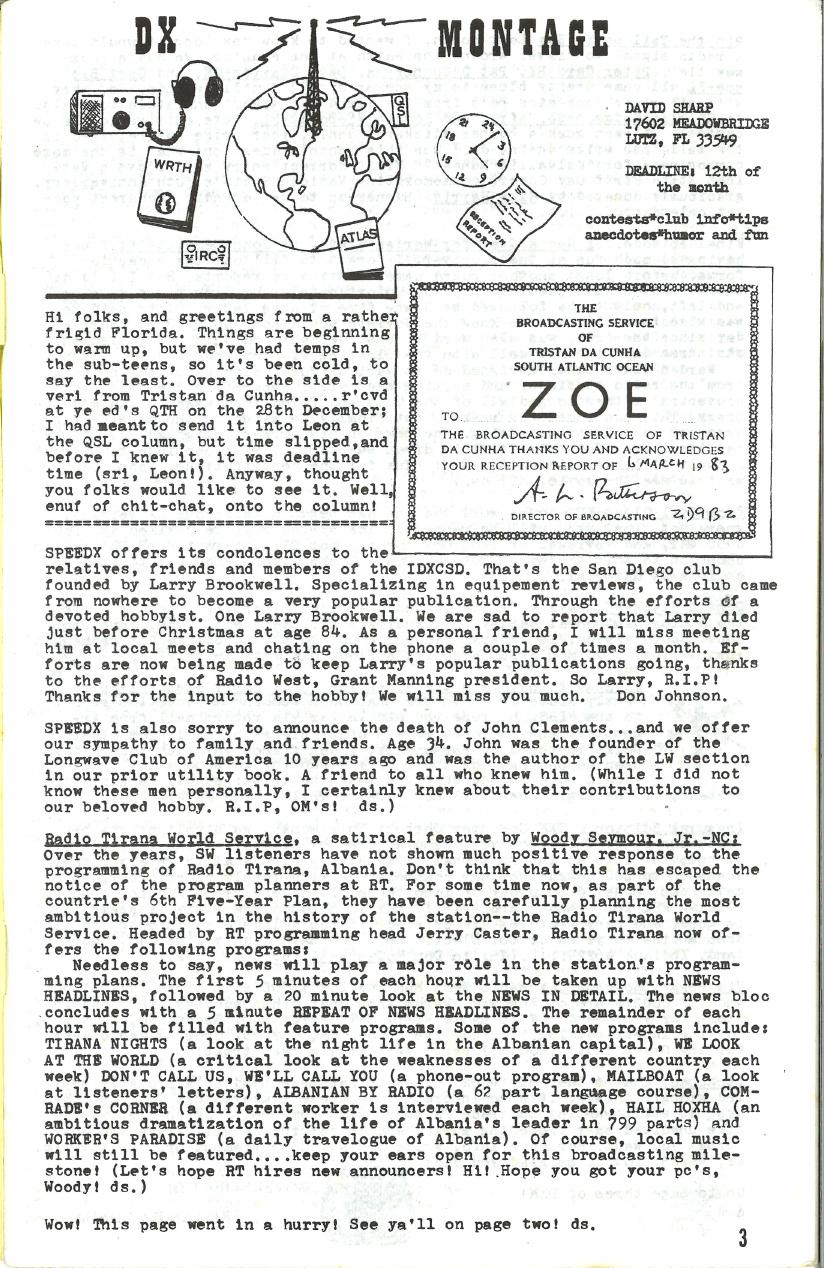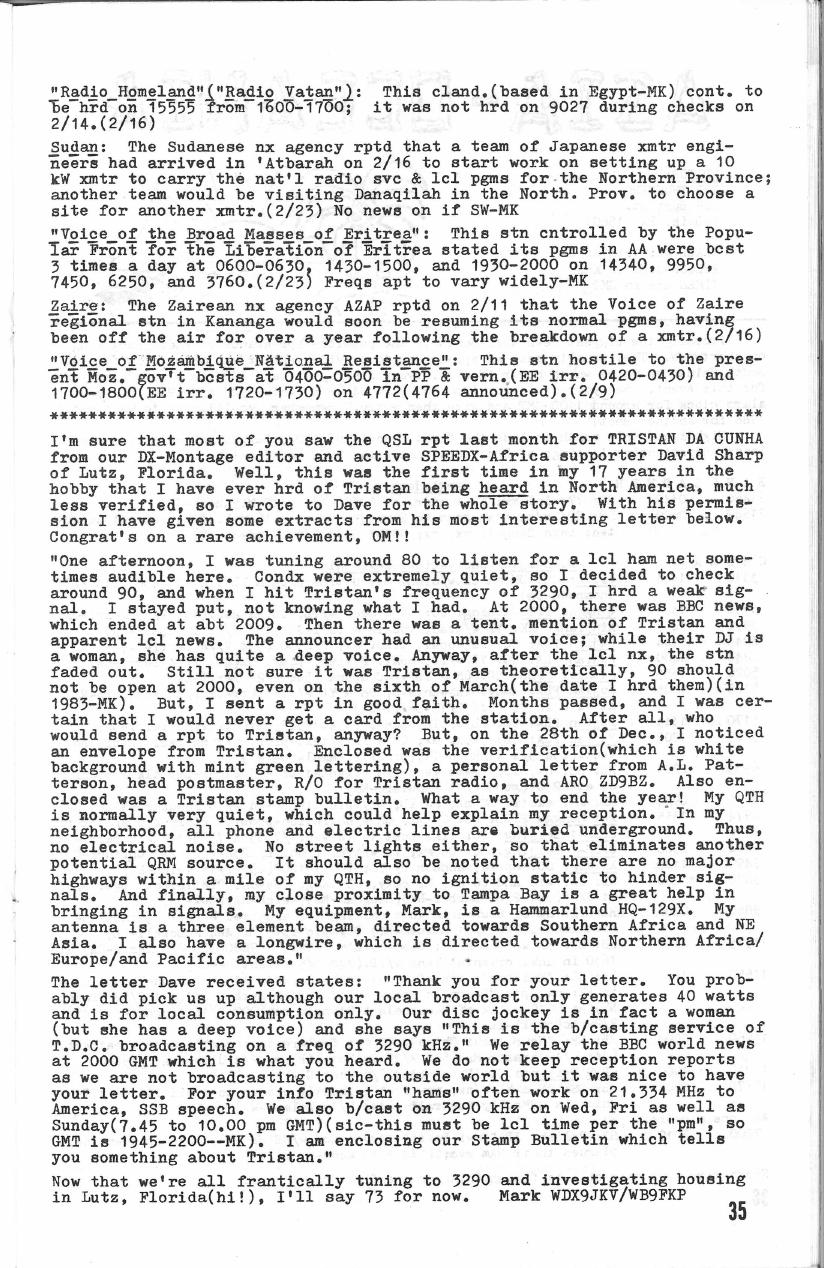Many thanks to SWLing Post contributor, Dan Greenall, who writes:
What is your longest DX (from transmitter to receiver)?
Assuming we are limiting the discussion to planet Earth, Perth, Australia would be represent one of the farthest land based locations to hear at 18145 km or 11275 miles as the crow flies from my receiving post in southern Ontario, Canada.

That would mean the ABC outlet that I received on 9610 kHz in the early 1970’s is the winner for me. Not far behind, however, would be tiny Amsterdam Island (part of the TAAF, Terres Australes et Antarctiques Francaises) in the Indian Ocean at 18031 km or 11204 miles. I was able to log marine radio FJY4 on 8690 kHz CW on a number of occasions and even managed to extract a PFC QSL direct from the station in 1973.
There are a number of distance calculators for this on the internet, such as Free Map Tools at
https://www.freemaptools.com/how-far-is-it-between.htm
Of course, the longest DX may not necessarily be the best. CKZN running 300 watts on 6160 kHz from St. John’s, Newfoundland from right here in Canada was harder to hear than the ABC in Perth, Australia!
Who can top this distance? What is your longest DX? Please comment!


